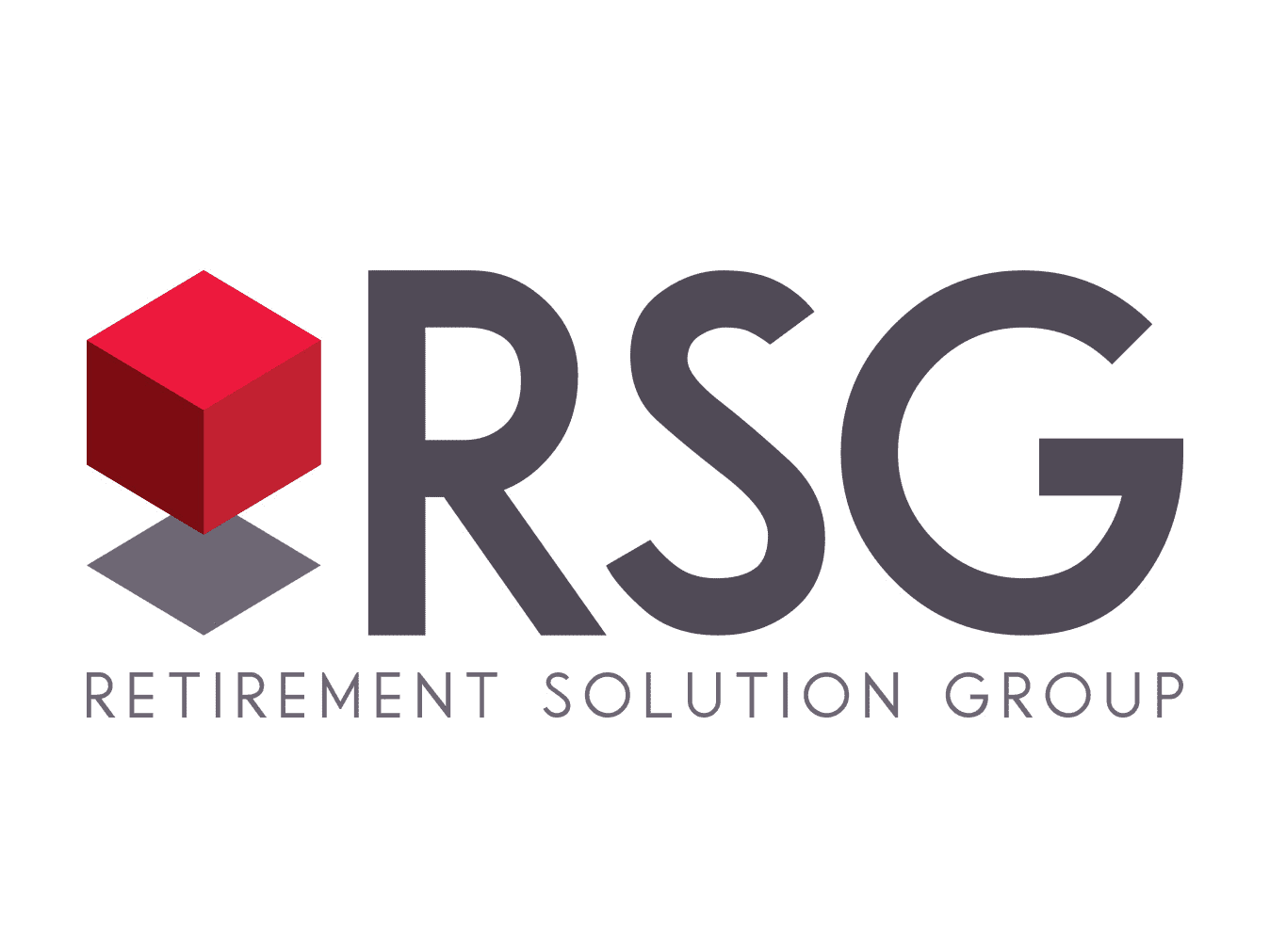If it walks like a mutual fund and talks like a mutual fund, why should I consider CITs for my company’s retirement plan menu of investment options? Solid question. In this article we examine the similarities as well as points of distinction that a plan sponsor may consider when choosing between a Collective Investment Trust (CIT) and a mutual fund.
Larger plans in the $1B+ market have been using Collective Investment Trusts (“CIT”) for years. But over the last 10 years or so, their adoption in the mid- and small-size plan market has grown exponentially. In fact, as of 2017, CITs held over $3T in qualified retirement plan assets. For a number of reasons, this trend is expected to continue. As a result, it’s important for plan sponsors of all sizes to understand the pros and cons of these investments and if they make sense for the Plan and its participants. Let’s begin with the basics.
What is a CIT?
A CIT is a specialized investment vehicle structured much like a mutual fund that is only available to qualified plans. At the end of the day, it is a direct contract with the investment provider and end user client, thus not available to the general public. They are typically sponsored and maintained by a bank or trust company. The assets are overseen by a separate trustee who acts as an ERISA 3(38) fiduciary to the trust.
What is driving their broader adoption?
The major driver of CIT adoption is related to the recent focus on fiduciary responsibility and resulting trends of fee transparency and compression. For example, CITs can usually offer similar investment objectives of a mutual fund (passive and active), risk-based allocation fund, or target retirement date allocation fund but at much lower costs to the Plan and its participants.
There are many reasons why CITs are typically lower cost. But a few big ones are:
- taxation
- reduced marketing and distribution costs,
- less regulatory requirements
- less overhead (in general)
As a fiduciary it can create an interesting situation and prompt a closer look. If the tracking error, performance analytics and risk measurements look similar to a mutual fund and I can get an equal investment at a lower cost, it may be worth considering the CIT alternative.
In addition, improvements have been made to streamline the contracting process and increase the transparency of performance reporting and benchmarking. CITs now offer daily pricing and quarterly fact sheets while Morningstar offers CIT peer group benchmarking.
Is there a downside?
There are still a few hurdles to broader adoption of CITs, mostly around ongoing due diligence. Because the CIT is a contract between the Plan and the trust, there is separate contracting paperwork that should be reviewed by the Plan Sponsor and their attorney.
The larger concern for most Plans and advisors is the increased complexity of fund due diligence. Unlike mutual funds, CITs are not regulated by the SEC and not required to produce monthly performance statistics, prospectus, or other investment details. They do not have “tickers”. When compared to the mutual fund equivalent, the due diligence reports may lack history, may be incomplete or have gaps caused by the CIT. In addition, performance data is not typically shared with widely used third party fund monitoring software, like FI360.
Other challenges may be portability and participant communication and education. For anyone who researches the investment via the general internet or third-party sites, there is a lack of information. The statements and return sheets will often not show historical performance. And, if the sponsor wishes to move the Plan to a new recordkeeper/401(k) provider, they may or may not be able to take on the CIT solutions in the Plan. Technology has come a long way here, but unique challenges remain in this market.
As CITs continue to improve in these areas, we expect their adoption in qualified plans will continue to grow. With that, the RSG team has seen and dealt with CITs, proving to be a valuable resource to help our clients make this critical decision. Each business is unique. There is no set answer.



